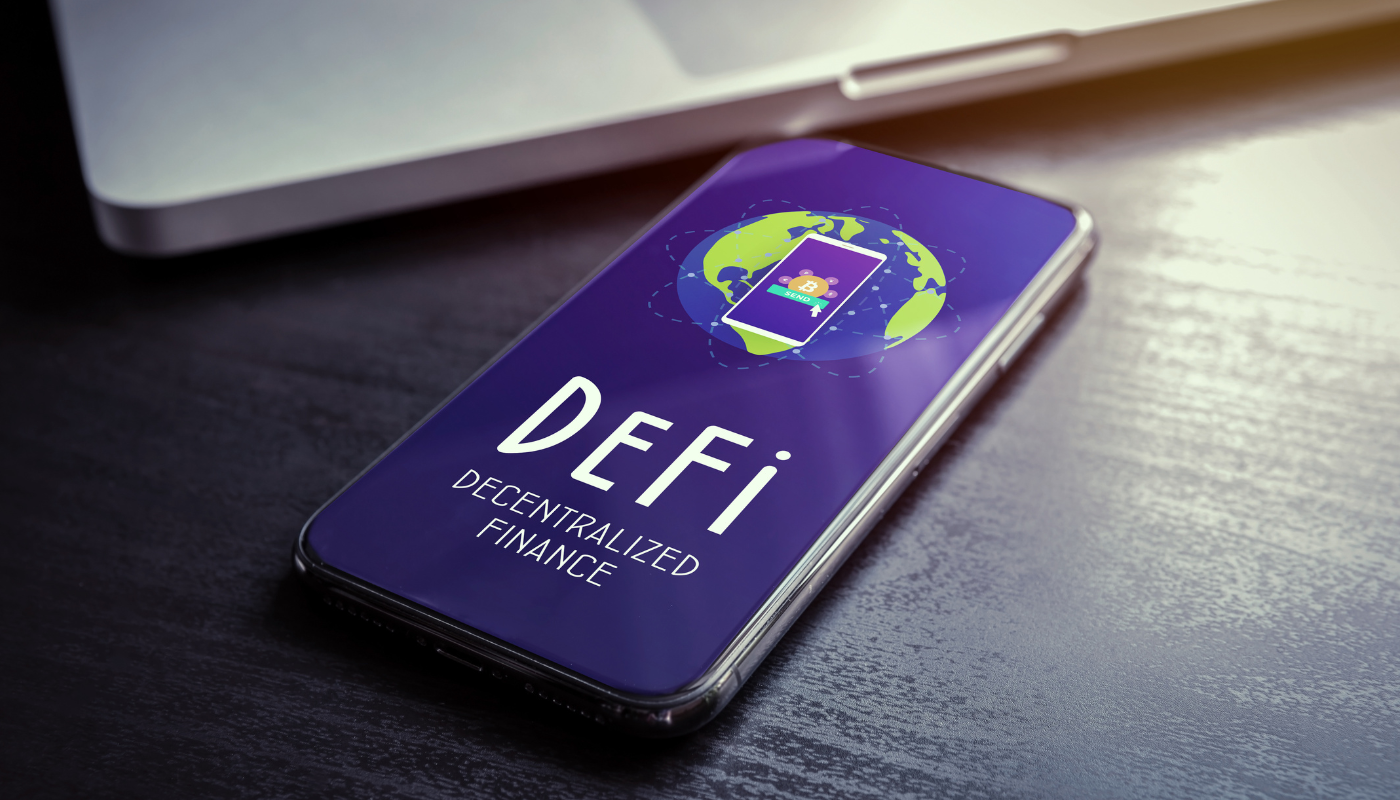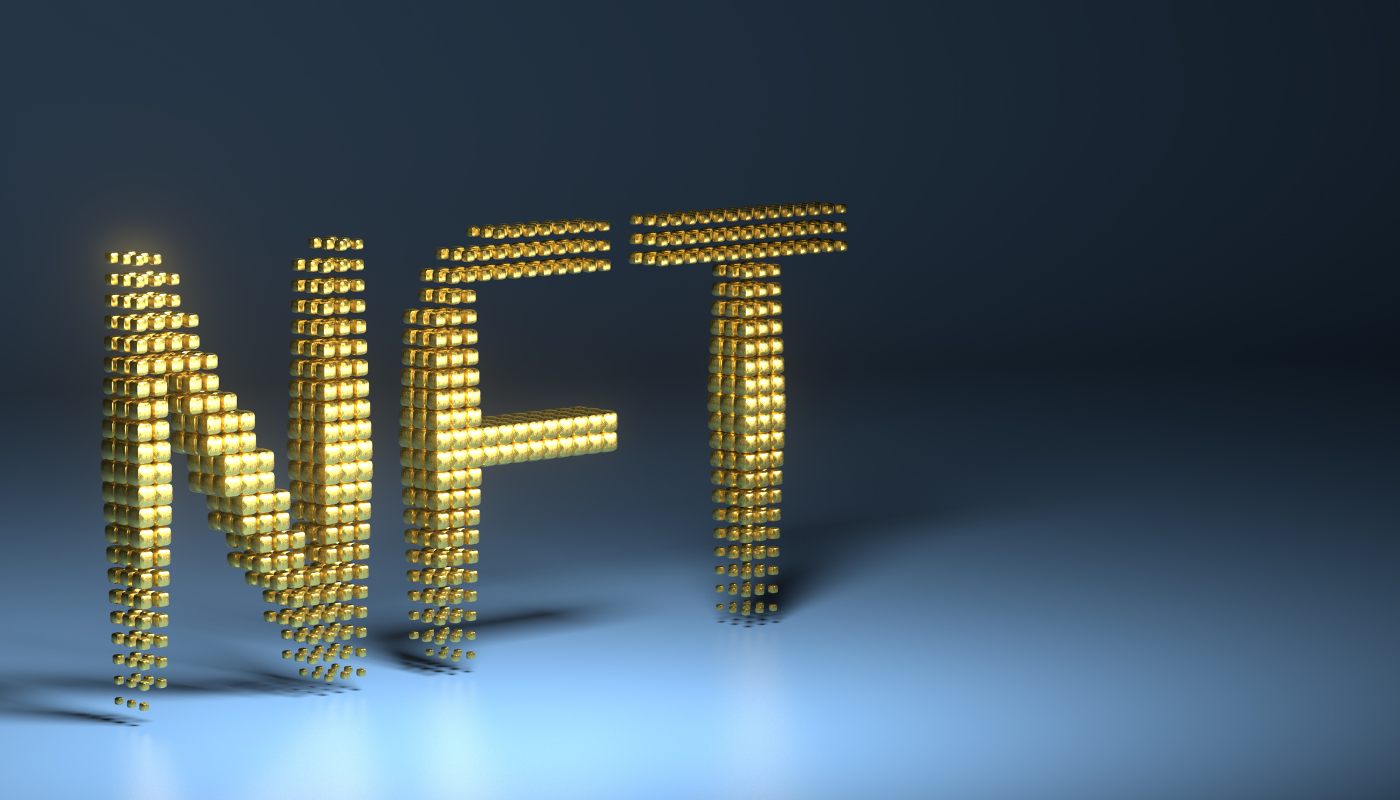Decentralized finance (DeFi) is a rapidly expanding sector within the cryptocurrency and blockchain ecosystem, offering innovative financial applications that challenge traditional finance. As demand for DeFi solutions grows, many individuals and organizations are exploring how to create DeFi projects. This guide outlines the essential steps to develop a successful DeFi project, providing clear insights to navigate the dynamic DeFi landscape.
What are DeFi Apps?
DeFi apps, or decentralized applications (dApps), are blockchain-based software applications that provide financial services without traditional intermediaries like banks. Leveraging decentralization, transparency, and open access, these applications create a more inclusive financial ecosystem. Operating primarily on Ethereum, DeFi apps use smart contracts to automate financial transactions, enabling services such as lending, borrowing, trading, and asset management while maintaining user control.
Types of DeFi Apps
The DeFi ecosystem includes a diverse range of applications, each addressing specific financial needs. Here are some prominent types of DeFi apps:
- DeFi Banking
- NFT Platforms
- Borrowing/Lending Platforms
- Cryptocurrency Wallets
- Decentralized Exchanges (DEX)
- DeFi Crowdfunding Platforms
- Decentralized Autonomous Organizations (DAOs)
DeFi Banking
DeFi banking applications offer alternatives to traditional banking services like savings, lending, and borrowing. Utilizing blockchain and smart contracts, these apps enable peer-to-peer (P2P) transactions, allowing users to lend, borrow, and earn interest on their digital assets without centralized authorities.
NFT Platforms
Non-Fungible Tokens (NFTs) play a significant role in DeFi by enabling the creation, ownership, and trading of unique digital assets. NFT-based DeFi apps allow users to tokenize items such as art, collectibles, virtual real estate, and in-game assets, facilitating secure ownership and exchange on decentralized marketplaces.
Borrowing/Lending Platforms
Borrowing and lending are fundamental to DeFi, with numerous apps offering decentralized services. Users can borrow and lend cryptocurrencies using their digital assets as collateral, with smart contracts managing collateral, interest rates, and repayment schedules automatically.
Cryptocurrency Wallets
Cryptocurrency wallets are crucial for storing, managing, and interacting with digital assets in the DeFi ecosystem. DeFi-focused wallets integrate with various applications, providing features like multi-chain support, secure storage, and user-friendly interfaces to enhance user experience.
Decentralized Exchanges (DEX)
Decentralized Exchanges (DEXs) facilitate the trading of cryptocurrencies without centralized authorities. Operating on blockchain networks, DEXs use automated market makers (AMMs) to enable peer-to-peer trading, offering transparency, security, and the ability to trade without intermediaries.
DeFi Crowdfunding Platforms
DeFi crowdfunding platforms enable decentralized fundraising for projects and initiatives. Using blockchain and smart contracts, these platforms allow communities to raise funds transparently through token sales, initial coin offerings (ICOs), or decentralized autonomous organizations (DAOs).
Decentralized Autonomous Organizations (DAOs)
DAOs represent a new model of decentralized governance. In a DeFi context, DAOs manage financial protocols, pools, or other initiatives through a transparent and democratic process facilitated by smart contracts, ensuring community-driven governance.
Steps to Develop a DeFi App
Creating a successful DeFi project requires a strategic approach. Here are the key steps to consider when developing a DeFi app:
- Choose the DeFi App Type
- Conduct a Discovery Phase
- Select a Blockchain
- Define Tokenomics
- Integrate a Crypto Wallet
- Connect to Oracles
- Design UI/UX
- Prototype Your App
- Ensure Quality
- Support and Maintain
Choose the DeFi App Type
The first step in how to create a DeFi project is to determine the specific type of DeFi application you want to build. Evaluate the needs of your target audience, the competitive landscape, and your expertise to identify the most promising DeFi application type for your project.
Conduct a Discovery Phase
Before technical implementation, invest time in a comprehensive discovery phase. Conduct market research, analyze the existing DeFi landscape, and identify pain points your DeFi app can address. Gather insights from potential users, study successful DeFi projects, and understand regulatory and compliance considerations.
Select a Blockchain
Choosing the right blockchain is crucial for your DeFi project. Below is a comparison of popular blockchain options:
| Blockchain | Scalability | Transaction Speed | Gas Fees | Developer Community | Ecosystem Maturity |
| Ethereum | Moderate | 15-30 TPS | High | Large | High |
| Solana | High | 50,000 TPS | Low | Growing | Moderate |
| Polkadot | High | 1,000 TPS | Moderate | Expanding | Growing |
| Avalanche | High | 4,500 TPS | Low | Active | Increasing |
Consider factors like scalability, transaction speed, gas fees, developer community, and ecosystem maturity to select the blockchain that best aligns with your project’s requirements and goals.
Define Tokenomics
Tokenomics involves designing the economic model of your DeFi project’s native token. Consider the token’s purpose, supply, distribution, and utility. A well-designed tokenomics model drives user engagement, encourages community participation, and ensures long-term sustainability.
Integrate a Crypto Wallet
Integrating a secure and user-friendly cryptocurrency wallet is essential. Support multiple wallet options, such as browser-based, mobile, and hardware wallets, to cater to diverse user needs. Ensure seamless and intuitive integration to enhance user experience.
Connect to Oracles
Oracles provide reliable data feeds to smart contracts, such as real-time asset prices. Integrate with reputable oracle providers like Chainlink, Band Protocol, or Nest Protocol to ensure accurate and tamper-resistant data inputs, improving your DeFi app’s reliability and user experience.
Design UI/UX
A well-designed user interface (UI) and user experience (UX) are critical for adoption. Create a visually appealing, intuitive, and user-friendly interface that simplifies interactions with your DeFi services. Focus on layout, color schemes, typography, and user journey to enhance usability.
Prototype Your App
Prototyping allows you to validate your DeFi app’s design and functionality before full implementation. Use tools like Figma, Sketch, or InVision to create prototypes, gather user feedback, and refine your design and features. This iterative process improves the app’s quality and user-friendliness.
Ensure Quality
Quality assurance is vital for a successful DeFi project. Implement rigorous testing procedures, including unit tests, integration tests, and end-to-end tests, to ensure stability and security. Engage third-party security auditors to review your smart contracts and system architecture, mitigating risks and building user trust.
Support and Maintain
Ongoing support and maintenance are essential for the long-term success of your DeFi project. Allocate resources for continuous monitoring, bug fixes, feature updates, and community engagement. Establish a clear roadmap, incorporate user feedback, and stay updated with DeFi trends to keep your project relevant and responsive.
Top 5 Tips on How to Make a DeFi App
- Prioritize Security: Implement robust security measures, such as multi-factor authentication, encryption, and regular security audits, to protect user assets and maintain platform integrity.
- Ensure Regulatory Compliance: Stay informed about DeFi regulations and ensure your project complies with applicable laws. Consult legal experts to mitigate legal and compliance risks.
- Foster a Strong Community: Engage with your users, listen to feedback, and create opportunities for community involvement through governance decisions and feedback sessions.
- Emphasize Transparency: Maintain transparency in operations, governance, and token distribution to build trust and credibility among users.
- Continuous Innovation: Stay agile and innovative by keeping up with industry developments and adapting your DeFi project to meet evolving user needs and market trends.
Conclusion
Creating a successful DeFi project involves a combination of technical expertise, strategic planning, and a deep understanding of the DeFi ecosystem. By following the steps outlined in this guide on how to create DeFi project, you can develop a DeFi application that meets your target audience’s needs, leverages blockchain technology, and contributes to the growth of decentralized finance.
Stay adaptable, innovative, and user-centric to ensure the long-term success of your DeFi project. Embrace decentralization, transparency, and community-driven governance to create a transformative DeFi application that makes a lasting impact.

Cryptocurrency expert and writer with over six years of experience in blockchain technology, digital assets, and decentralized finance (DeFi). With a background in computer science and finance, Christopher has a deep understanding of both the technical and economic aspects of cryptocurrencies. His articles focus on market trends, investment strategies, and the future of blockchain innovation, helping readers stay informed in the fast-evolving world of crypto.




